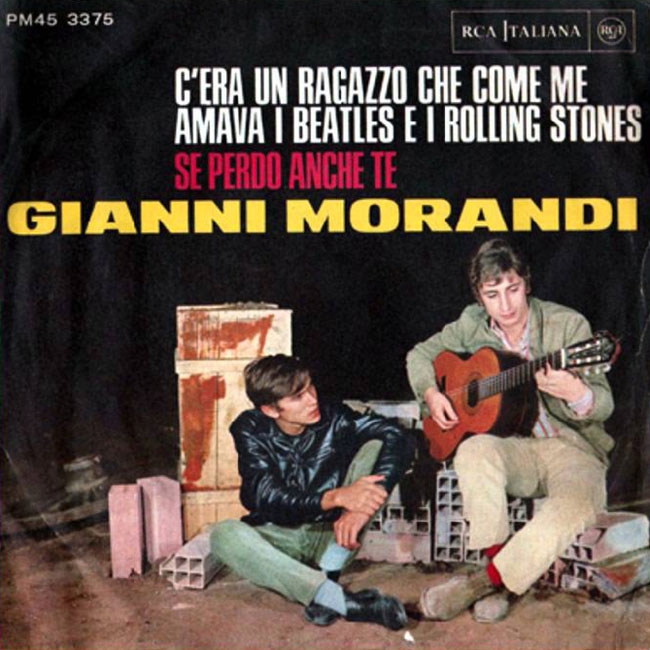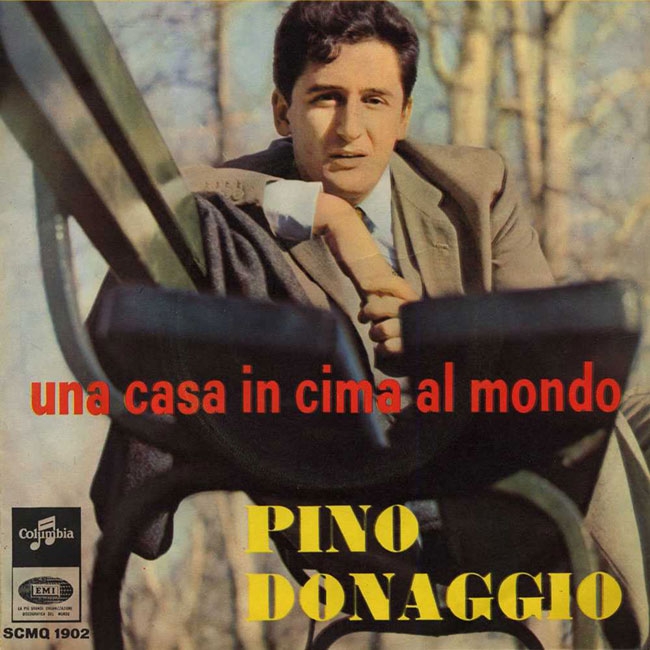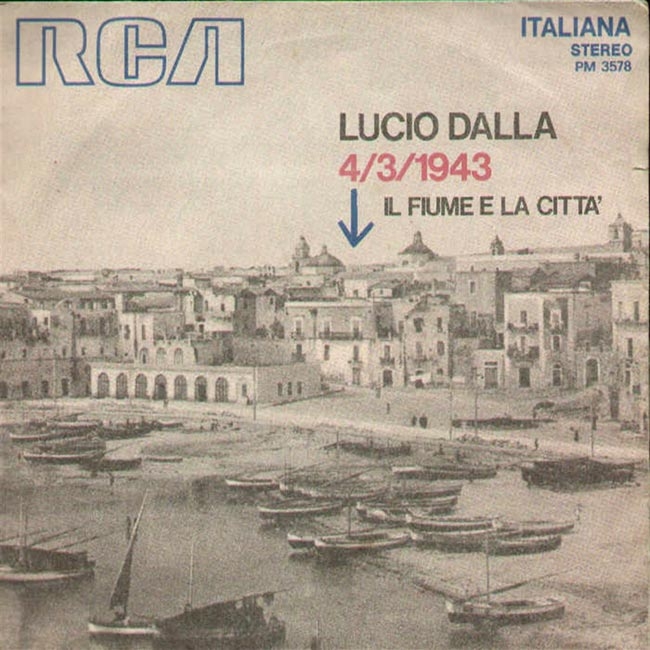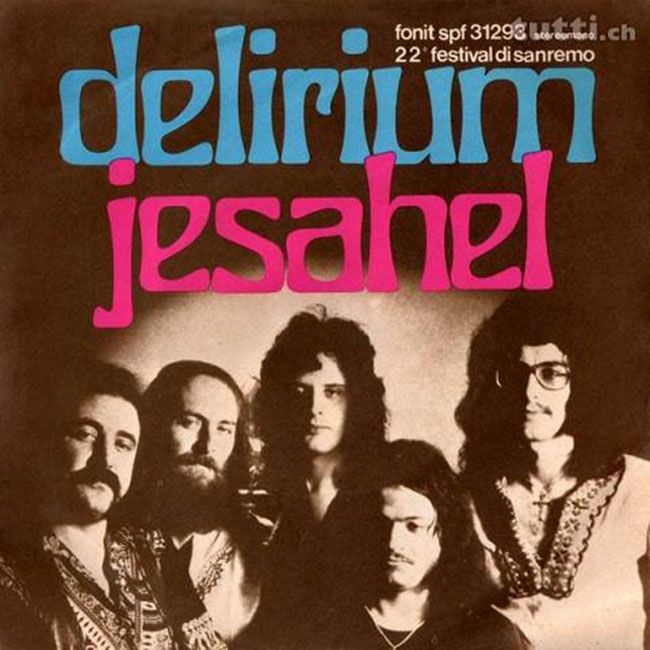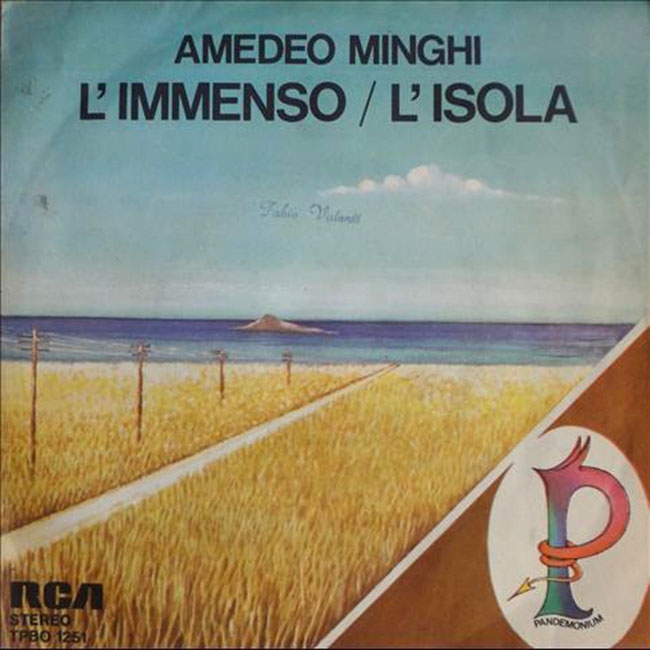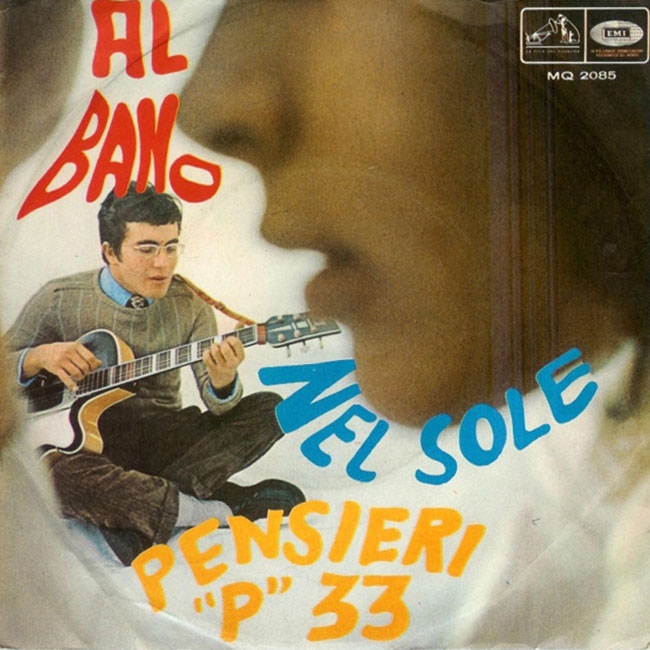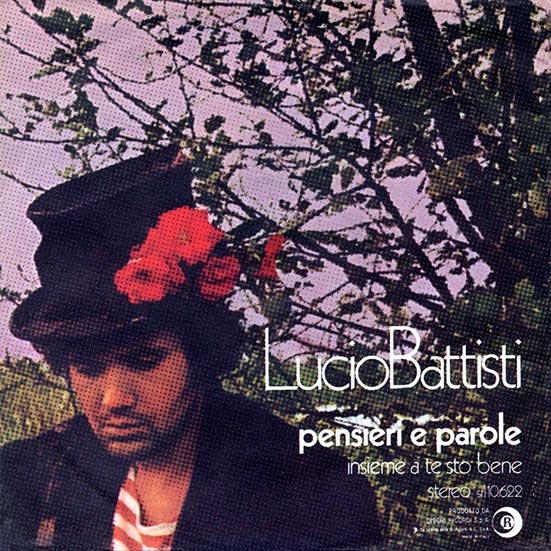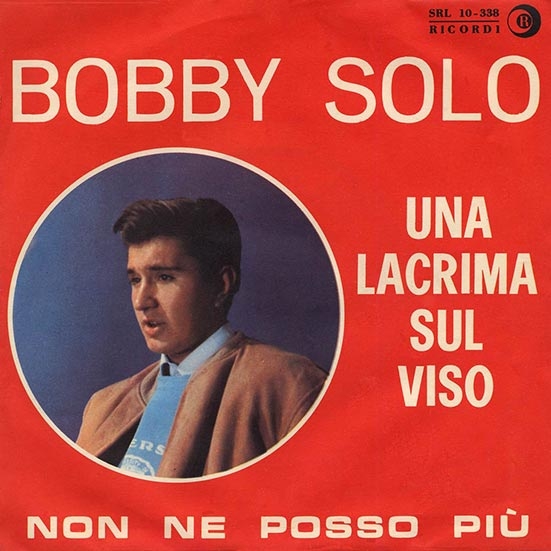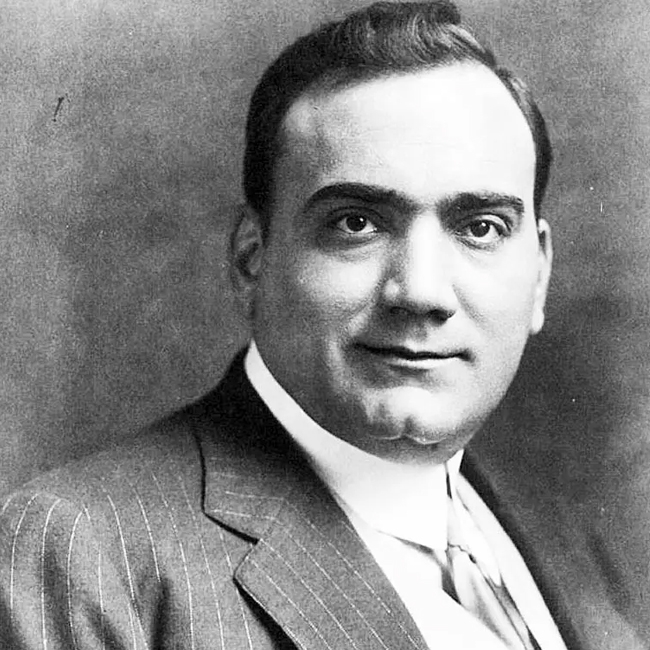
Enrico Caruso playlist 2021
Enrico Caruso
On August 2, 1921, one of the great stars of the 20th century Enrico Caruso, died in Naples. He was the first recording star, the tenor who held court at the Metropolitan in New York for seventeen seasons and made the Neapolitan song famous throughout the world. He became a living legend with whom millions of emigrants, not only Neapolitans, identified. For the centenary we have chosen a wide range of recordings which document the versatility of the repertoire: operatic pieces, Neapolitan songs, romances, and anthems. As the only representative of the mechanical discographic era (which ended in 1925), whose recordings have remained in the catalogue, Caruso sold five million records during his lifetime. He regularly made the American Top Ten from 1904 to 1921 with songs in English as well, written by songwriters of his day. This made him a pioneer of what is now called the crossover, or that bel canto approach to “light” pieces that remotely evoke operatic arias. It begins with the 19th-century Inno di Garibaldi (“The graves are uncovered, the dead are raised up”) which Caruso took to number 9 in the charts. We then move on to a sequence of Neapolitan melodies that fuelled the myth: Core ‘ngrato (written in the United States by two immigrant songwriters, specifically for the voice of their fellow citizen), Santa Lucia, Fenesta ca lucive and Addio a Napoli. Then came the operatic romances, a terrain in which Caruso had few rivals and which he was able to perform in the world’s major theatres: these range from Rigoletto (Bella figlia dell’amore, La donna è mobile) with which he triumphed at the MET on 23 November 1903 in his debut as a high-class emigrant, to Trovatore (Di quella pira) and Aida (Celeste Aida). After the Verdi trilogy, two gems by Puccini - E lucean le stelle (Tosca) and Che gelida manina (La Bohème) - followed by Una furtiva lagrima (L’elisir d’amore, Donizetti). From two masterworks of verismo that Caruso had the merit of popularising the world over come Mamma quel vino è generoso (Cavalleria Rusticana, Mascagni) and Vesti la giubba (Pagliacci, Leoncavallo), the first album to sell over one million copies, first in the charts for four weeks in 1907. After a taste of the parlour music with two popular romances (Vieni sul mar, Ideale) the tribute ends with two anthems to the Italian spirit: ‘O sole mio, for many a second national anthem, and La Danza by Rossini, who raised the tarantella to something classical, transforming it into a national symbol.

